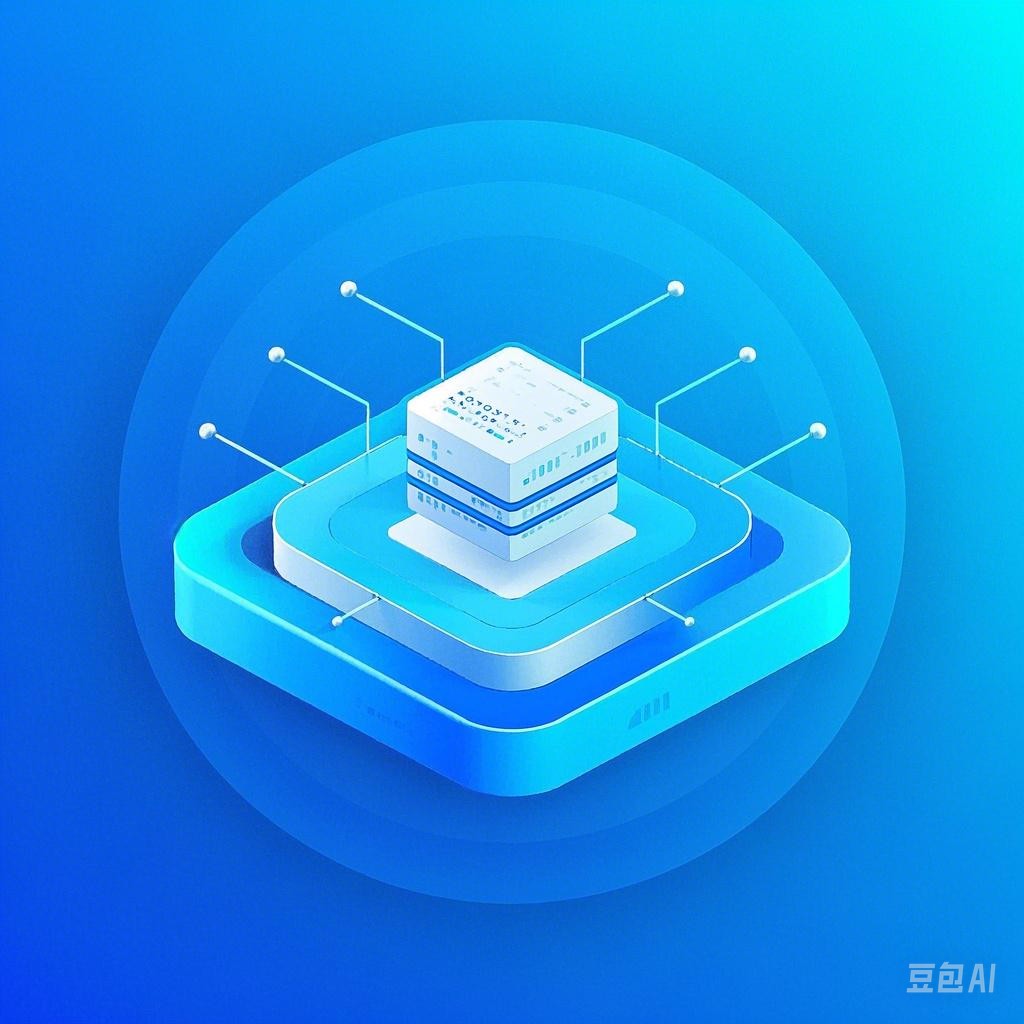Introduction
Cloud computing and distributed systems have revolutionized the way we process, store, and access data. This guide aims to provide a comprehensive understanding of these technologies, their underlying principles, and their practical applications. Whether you are a developer, system administrator, or just curious about the latest technological trends, this guide will help you navigate through the complexities of cloud computing and distributed systems.
Understanding Cloud Computing
What is Cloud Computing?
Cloud computing refers to the delivery of computing services over the internet. These services can include servers, storage, databases, networking, software, analytics, and intelligence. The primary advantage of cloud computing is its scalability and flexibility, allowing businesses and individuals to access resources as needed without the need for physical infrastructure.
Types of Cloud Computing Services
- Infrastructure as a Service (IaaS): Provides virtualized computing resources over the internet, such as virtual machines, storage, and networking.
- Platform as a Service (PaaS): Offers a platform for developing, running, and managing applications without the complexity of building and maintaining the infrastructure.
- Software as a Service (SaaS): Delivers software applications over the internet on a subscription basis.
Understanding Distributed Systems
What is a Distributed System?
A distributed system is a collection of independent computers that work together to achieve a common goal. These systems communicate with each other over a network and share resources, such as files and data. The key advantage of distributed systems is their fault tolerance and scalability.
Principles of Distributed Systems
- Decentralization: The system does not have a central authority, and each node operates independently.
- Scalability: The system can handle an increasing number of nodes and workload without performance degradation.
- Fault Tolerance: The system can continue to operate despite the failure of individual nodes.
Key Concepts in Cloud Computing and Distributed Systems
Virtualization
Virtualization is a technology that creates a virtual version of something, such as an operating system, a storage device, or network resources. It allows for efficient resource utilization and easier management of cloud computing environments.
Containers
Containers are lightweight, stand-alone, and executable packages of software that include everything needed to run an application. They provide a consistent and isolated environment for applications to run, making it easier to deploy and manage applications across different environments.
Microservices
Microservices architecture is an approach to developing a single application as a suite of small services. Each service is focused on a single function and can be developed, deployed, and scaled independently.
Best Practices for Designing Cloud Computing and Distributed Systems
Scalability
To ensure scalability, design your systems with horizontal scaling in mind. Use load balancers to distribute traffic evenly across multiple instances of your application.
Reliability
Implement fault-tolerant designs to ensure your systems can continue to operate even if individual nodes fail. Use replication and distributed databases to ensure data availability.
Security
Ensure that your systems are secure by implementing strong authentication, encryption, and access control mechanisms. Regularly audit your systems for vulnerabilities.
Monitoring and Logging
Implement monitoring and logging to track the performance and health of your systems. Use tools to alert you to potential issues and gather data for analysis.
Case Studies
Case Study 1: Netflix
Netflix’s microservices architecture allows it to scale its services independently and deploy new features quickly. The company’s distributed system is designed to be fault-tolerant, ensuring uninterrupted service for its millions of subscribers.
Case Study 2: Google
Google’s distributed file system, Google File System (GFS), provides a scalable and reliable storage solution for its vast amount of data. The company’s distributed computing framework, MapReduce, allows for efficient processing of large datasets.
Conclusion
Cloud computing and distributed systems are transforming the way we approach computing. By understanding the principles and best practices of these technologies, you can design, deploy, and manage robust, scalable, and secure systems. This guide provides a foundation for further exploration and learning in these exciting fields.
